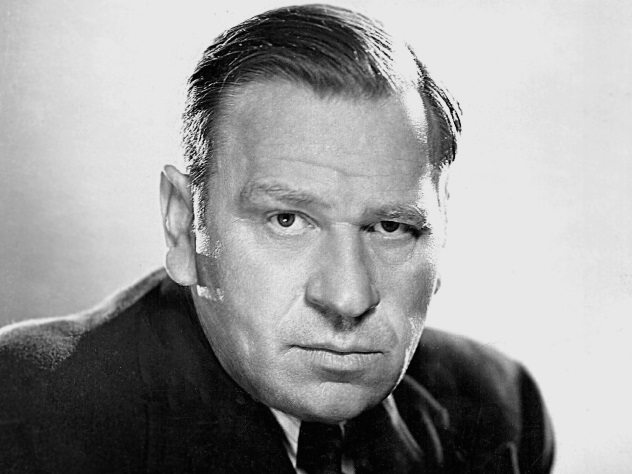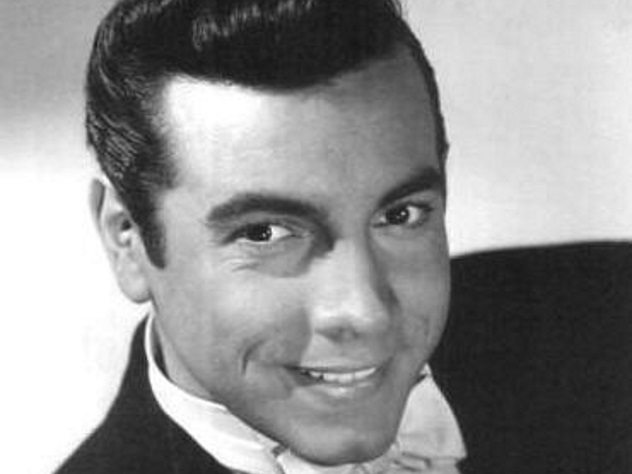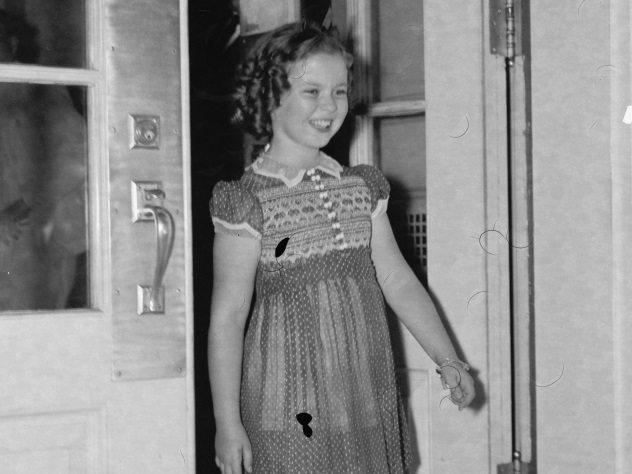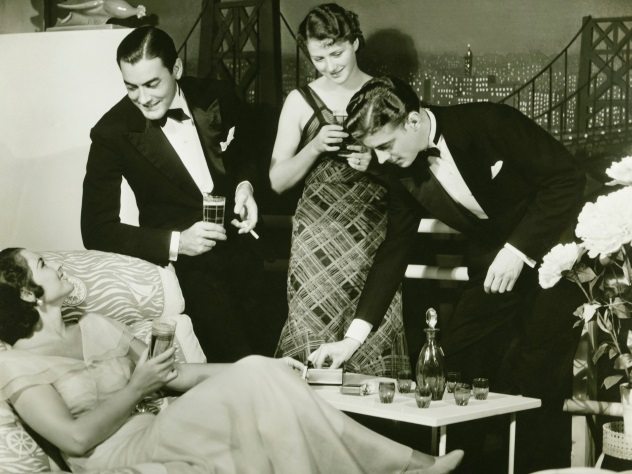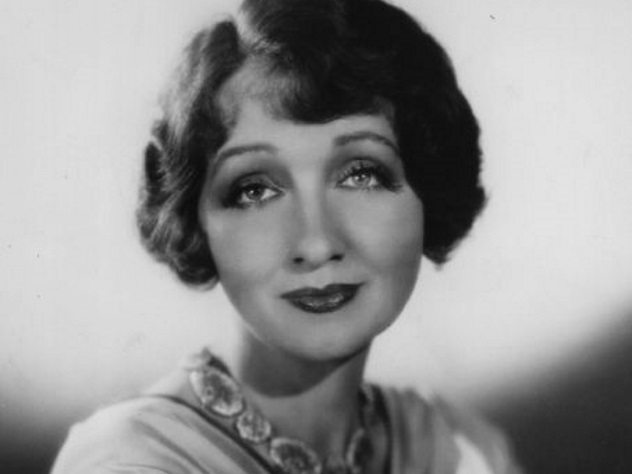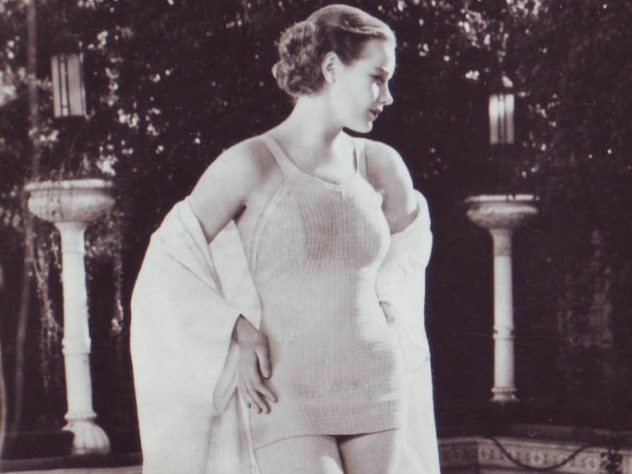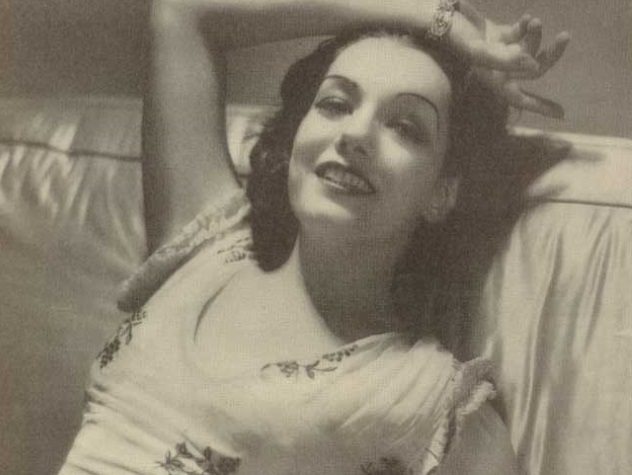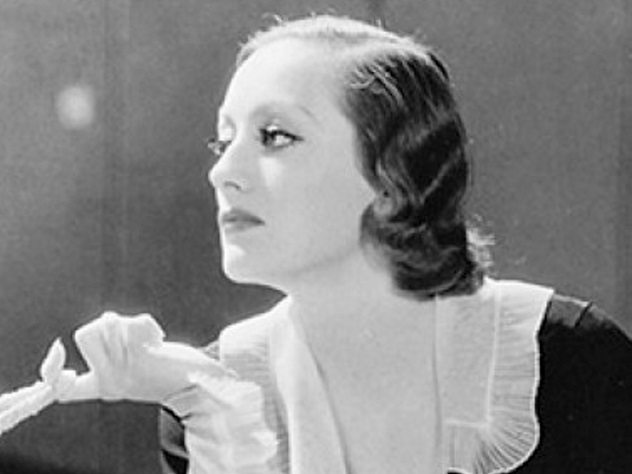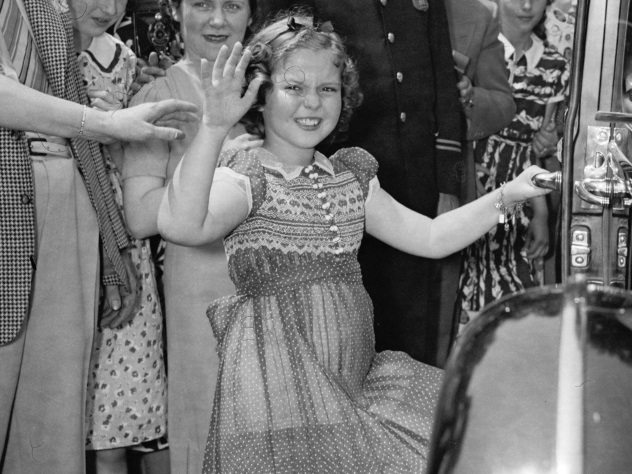That may actually be part of what makes Hollywood so alluring. People enjoy reading about scandals, and Tinseltown has a nigh-endless supply of them. The seedy stories from the depths of Hollywood’s underbelly could fill multiple lists.
10 Getting Away With Murder
Film studios didn’t like scandals involving their stars. In fact, they employed people whose job was to keep such sordid stories out of the papers. They were fixers like Eddie Mannix. He would cover up a drunken hit-and-run or an out-of-wedlock pregnancy, but in 1937, he might have helped Hollywood’s biggest star get away with murder. There was a time when Wallace Beery was the highest-paid actor at Metro-Goldwyn-Mayer. He reached stardom with productions like The Big House, Billy the Kid, and The Secret Six. He won an Oscar for his role in The Champ. And on December 20, 1937, he might have beaten a man to death. That man was comedian Ted Healy, creator of the Three Stooges. Allegedly, the two got into an argument at the Trocadero, which devolved into a fight outside the nightclub. Also involved on Beery’s side were movie producer/mobster Pasquale DiCicco and an unidentified third man. The trio beat up Healy so bad that he died of his injuries a day later. Of course, this is all hearsay and Hollywood legend. Nobody was ever charged with anything. Beery left town in a hurry on a long European vacation, allegedly at the insistence of Louis B. Mayer, who organized a cover-up to protect his big star.[1]
9 A Diet To Die For
The look of Hollywood stars was important, and studios went to great lengths to keep their actors looking thin. The most notorious example is Judy Garland, who, as an adolescent, was kept on an MGM-mandated diet of soup, coffee, and cigarettes, compensated by a steady supply of amphetamines to keep her energy levels up. Tenor-turned-actor Mario Lanza signed with MGM in the late 1940s and had a string of successful musicals that spawned million-selling hits. However, he also developed addictions to overeating and alcohol, which caused weight issues throughout his entire Hollywood career. Lanza would go on crash diets when it was time to film and put all the weight back on after shooting was done. This led to numerous health problems, which caused the singer to cancel multiple concerts and other live appearances. During the late 1950s, Lanza moved to Rome to shoot several films and perform concerts throughout Europe. Like many times before, he had to lose weight, so he checked into a clinic. According to rumors, he underwent a dangerous procedure called twilight sleep in which he stayed under heavy sedation and was fed intravenously. Eventually, Lanza’s body couldn’t take it anymore. He died of a sudden heart attack in 1959. An unsubstantiated rumor quickly surfaced that he had been killed by the Mafia for reneging on a concert they were backing.[2]
8 Innocence Lost
Between 1935 and 1938, the biggest box office draw in Hollywood was a child—Shirley Temple. When she was just six years old, she received an honorary Academy Juvenile Award for her work on Bright Eyes. Unfortunately, her time in Tinseltown was also marked by numerous attempts at sexual assault. Nowadays, we know of the rampant abuse of child actors in Hollywood. However, Shirley Temple discussed this back in her 1988 autobiography Child Star and wasn’t afraid to name names. She accused various actors and executives of mistreating her over the years, such as comedian George Jessel or producer David O. Selznick. Perhaps worst of all was musical producer Arthur Freed, known for his work on hits like An American in Paris and Singin’ in the Rain. The two met when Temple moved from 20th Century Fox to MGM. She came into his office, where Freed declared that she would be his new star. Afterward, he unzipped his pants and exposed himself to the actress, who was 11 years old at the time.[3] Maybe out of youthful innocence or just out of shock, Shirley began to laugh. This angered the producer, who then threw her out of his office.
7 In The Garden Of Allah
When actors wanted to indulge their hedonistic sides, there were many places in Hollywood which would cater to their desires. However, few were more notorious in their day than the Garden of Allah. The place started out as a lavish mansion on Sunset Boulevard called Hayvenhurst. Its owner, William H. Hay, sold it to Russian actress Alla Nazimova. Although married, Nazimova had numerous affairs with women, and the newly dubbed Garden of Allah became known as one of the few places in Hollywood where lesbian and bisexual women could express their sexuality openly. Allegedly, Nazimova also coined the phrase “sewing circle” to refer to this group of closeted actresses. In 1926, the actress built 25 villas on the property and turned it into a hotel. Already notorious for its outlandish parties, the Garden was now a place where all Hollywood stars could indulge their vices in privacy, away from the public and reporters. Marlene Dietrich, Humphrey Bogart, Errol Flynn, Orson Welles, Laurence Olivier, John Barrymore, Greta Garbo, and many more were all devotees of the Garden. Publicist Bernie Woods told a story about bandleader Tommy Dorsey, who ran into fellow bandleader Kay Kyser at the hotel. To show that he was more popular, Dorsey brought out of his bedroom two naked women with their pubic hair cut to spell the letters “T” and “D.”[4]
6 Stuck In Hedda Hell
There were plenty of powerful people in Hollywood, but one name that struck fear into Tinseltown was Hedda Hopper. A failed actress, she began writing a gossip column in 1938. She quickly found success and, at the height of her popularity during the 1940s, commanded a readership of 35 million. Hopper was not shy about throwing her weight around. Calling herself “the b—ch of the world,” she took delight in ruining careers and marriages with just a few sentences.[5] Louis B. Mayer referred to this as “Hedda Hell.” Her favorite targets were communists and gays. As a founding member of the Motion Picture Alliance for the Preservation of American Ideals (MPAPAI), she was one of the driving forces behind the Hollywood Blacklist, which denied employment to people suspected of communist sympathies. Some of her most infamous targets included Dalton Trumbo, a screenwriter who was blacklisted until 1960. Charlie Chaplin was also routinely denigrated in Hopper’s columns because she considered him to be living an immoral lifestyle. A quick and easy way to get on her bad side was to give a scoop to Louella Parsons, her competitor and archrival. That’s what happened to Ingrid Bergman, who lied about her pregnancy to Hopper and then told the truth to Parsons.
5 The Story Of Frances Farmer
Mental illness is a problem which is poorly understood even today. Back in the 1940s, Hollywood stars who dealt with the issue were merely fodder for tabloids. Perhaps there is no better example than Frances Farmer. A stage actress, Farmer made her Hollywood debut in 1936 and had a string of successful films throughout the decade. During the 1940s, however, the media began focusing more on reports of her erratic behavior than her career. Farmer was sentenced to six months in jail in January 1943. This came following an outburst in a courtroom in which she assaulted two police officers and threw an inkwell at the judge. From prison, Farmer was transferred to a sanitarium, where she was diagnosed with paranoid schizophrenia. After multiple stays in psychiatric hospitals, the actress mounted a modest comeback on television before passing away in 1970. You would think this would be the end of it, but in 1978, William Arnold published an account of Frances Farmer’s life titled Shadowland, which asserted that, while institutionalized, she was subjected to a lobotomy. Brooksfilms turned the book into an award-winning movie called Frances and gave substantial credence to the legend, which is still prevalent today. Not as publicized is the fact that Arnold later sued Brooksfilms and admitted in court that his account, lobotomy story included, was fictionalized.[6]
4 The Death Of Lupe
Rumors have a way of taking on a life of their own. This is especially true in Hollywood, particularly when the rumor is “juicier” than the truth. That is what happened to Lupe Velez. Known for her lively disposition and fiery temper, she earned the moniker “the Mexican Spitfire.” After a series of affairs and a tumultuous marriage with Tarzan actor Johnny Weissmuller, Lupe became pregnant with the child of actor Harald Ramond. However, after a fight between the two, the actress took her own life at 36 years of age in 1944. The coroner ruled her death a suicide. Police found Lupe’s note saying she did it because Harald faked his love. It seemed straightforward, but gossip still appeared. One rumor claimed the baby belonged to Gary Cooper, who rejected it because he was married. Another said Velez actually killed herself because she was bipolar. The most unseemly rumor came courtesy of Kenneth Anger, author of infamous 1959 tell-all book Hollywood Babylon. The publication presented many scandals in all their sordid details but was accused of numerous falsehoods. One of the most infamous, pervasive myths involves Lupe’s death. According to Hollywood Babylon, the Mexican Spitfire’s plan to die of an overdose in her bed was thwarted when she became ill. Running for the bathroom, Lupe slipped on a tile and fell headfirst into the toilet, where she drowned.[7]
3 A Youthful Indiscretion
Joan Crawford might have had a successful career in Old Hollywood, but her offscreen exploits garnered just as much attention. She had a bitter rivalry with fellow screen icon Bette Davis. She served as Chairman of the Board for the Pepsi-Cola Company before being forced to retire. She was accused by her daughter Christina of being an abusive parent. And she was rumored to have starred in a porno before becoming famous. These types of early pornography were called stag films. The one starring Crawford went by several names, although it was most commonly referred to as The Casting Couch. There are no known copies or official records confirming its existence. A small number of photographs purportedly showing Crawford in stag films exist online, but either way, The Casting Couch will most likely remain a mysterious piece of Hollywood lore. If we’re going by legend alone, then not only did such a movie exist, but someone used it to blackmail Crawford. She got MGM involved, and the studio sent its fixers to obtain and destroy every copy. Another version said MGM kept one copy to keep Crawford in line. The strongest evidence attesting the existence of the film comes courtesy of the actress’s first husband, Douglas Fairbanks Jr. He said to Crawford biographer Charlotte Chandler that Joan told him of the movie before they got married.[8] However, Fairbanks never actually saw it, and Joan was always reluctant to give details.
2 An Obsession Turned Dangerous
Stalkers and deranged fans are another concern that celebrities have to deal with. John Lennon, Selena, and Dimebag Darrell are just a few entertainers who were killed by people obsessed with them. Many others were put in physical danger. And, as it turns out, this happened in the Golden Age of Hollywood as well. We go back to Shirley Temple, who had a very close call when she was just ten years old. It was 1939, and Shirley was performing Silent Night on a live radio show when a woman tried to assassinate her. Fortunately, the would-be assassin was subdued in time. Tragically, the woman’s daughter had passed away on the same day (allegedly the same hour) that Shirley Temple was born. Since then, she became obsessed with the idea that her daughter’s soul was trapped in the child star’s body and that she would be setting it free by killing the actress.[9] As far as Temple was concerned, she sympathized with her would-be killer. In her autobiography, she said that “the tale seemed understandable to me.”
1 A Mother’s Secret
Children born out of wedlock were a major no-no in Hollywood, so it was common for movie studios to “persuade” their starlets to have abortions. One actress who went through with her pregnancy was Loretta Young. She gave birth to Judy Lewis in 1935. Young went on “vacation” to England to give birth. Afterward, she transferred Judy to an orphanage and then picked her up again to adopt her own daughter. Judy’s father was Clark Gable, although she didn’t know this while he was still alive. She was in her thirties when she finally confronted her mother, who admitted it. Afterward, Judy discovered that, while she was kept in the dark, her father’s identity was an open secret in Hollywood. The most shocking aspect of the story actually came out in 2015, courtesy of Linda Lewis, Loretta’s daughter-in-law. She claimed that in 1998, Young told her that Gable date-raped her.[10] Young only began to understand the concept after watching a segment on date rape on Larry King Live. Before that, her Catholic upbringing made her believe it was her failing for letting a man have his way with her. According to Linda, she also refrained from making this public while Loretta and Judy were still alive.
